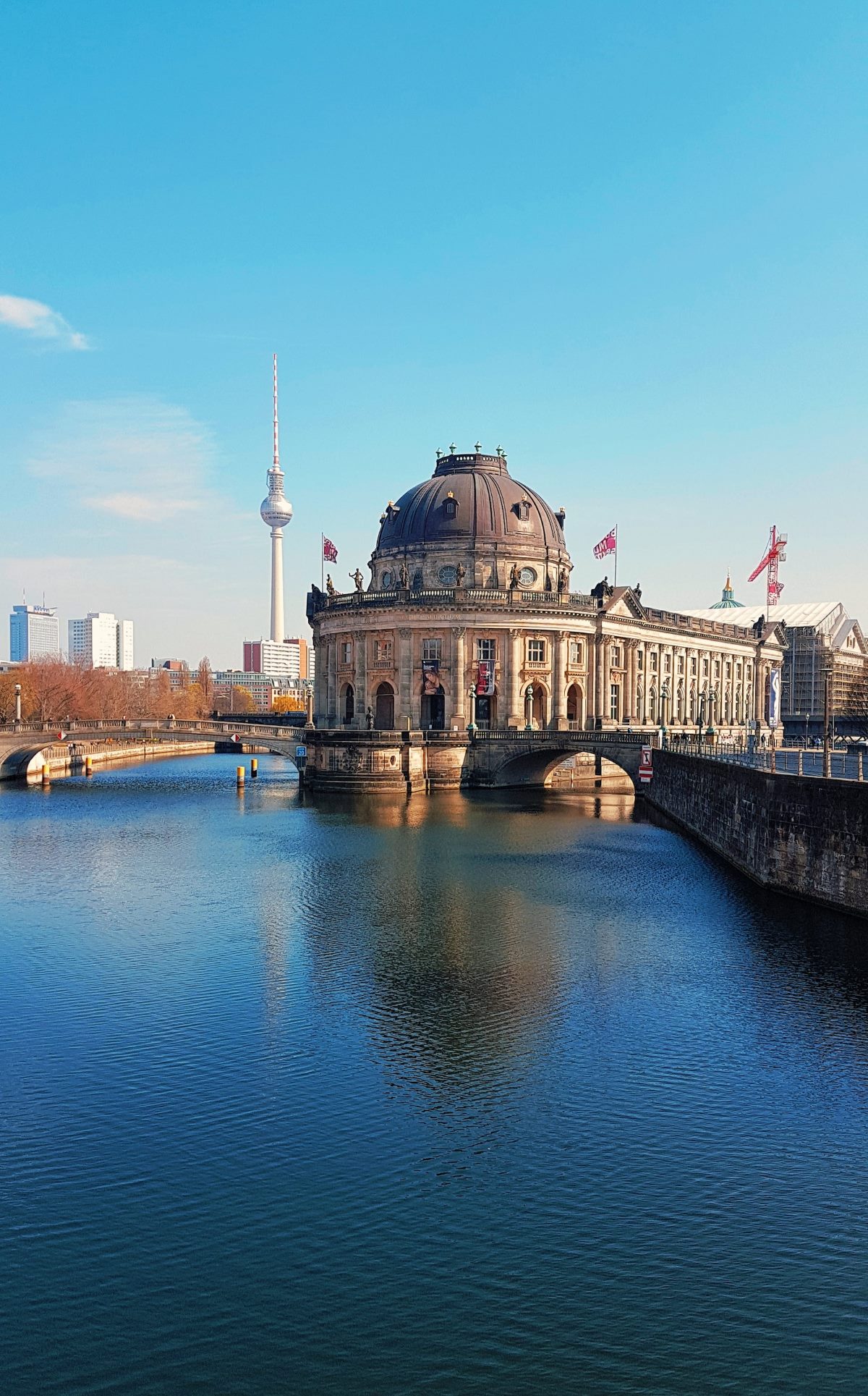When it stood as a formidable symbol of the Cold War, the Berlin Wall divided the city of Berlin for 28 years. Its construction began on August 13, 1961, and its demolition finally came on November 9, 1989. But why did people find it impossible to simply go around the Berlin Wall? Let’s explore the reasons behind this historical barrier.
The Berlin Wall: A Barrier of Ideologies
The Berlin Wall was built by the German Democratic Republic (GDR), also known as East Germany, to prevent its citizens from fleeing to the capitalist west. The wall effectively sealed off West Berlin from East Berlin, creating a physical division of the city. It was a symbol of the ideological divide between the Western world, led by the United States, and the Eastern Bloc, dominated by the Soviet Union.
The Wall’s Structure and Design
The Berlin Wall consisted of two main parts: the outer wall and the inner wall. The outer wall served as a deterrent and included various traps and hazards such as trenches, anti-vehicle obstacles, and barbed wire. The inner wall was the main barrier, stretching approximately 155 kilometers (96 miles) and reaching a height of 3.6 meters (11.8 feet).
Between the two walls was a “death strip,” a heavily fortified area patrolled by armed guards and guard dogs. The guards had orders to shoot anyone attempting to escape to the West. More than 100 people lost their lives while trying to cross the Berlin Wall.
Reasons Why Going Around the Berlin Wall Was Impossible
Psychological and Physical Deterrence
The Berlin Wall lacked any significant gaps or passages that would allow people to bypass it easily. Additionally, the GDR employed psychological tactics to dissuade its citizens from attempting to escape. Propaganda campaigns presented the Western world as dangerous and portrayed those trying to leave as traitors.
The sheer physical presence of the wall, coupled with the knowledge that attempting to cross would likely lead to imprisonment or death, served as a strong deterrent for most people. Fear played a significant role in preventing individuals from going around the Berlin Wall.
Strict Border Controls
East Germany had a highly effective border control system, ensuring tight restrictions on its citizens’ movement. The border guards were known for their thorough searches and interrogations, with an extensive network of informants reporting any suspicious behavior.
Various methods were used to detect potential escapees, such as watchtowers, floodlights, and tripwires. The border guards employed dogs specially trained to sense the scent of fleeing individuals. Regular patrols and random checks made it nearly impossible to outmaneuver the security measures.
International Diplomatic Challenges
The Berlin Wall was not just a national issue; it became an international incident. The Soviet Union, which controlled East Germany, supported the wall, while the Western world condemned it. Going around the Berlin Wall would have required crossing international borders and dealing with diplomatic challenges that most people simply could not overcome.
Those who managed to reach the embassies of Western countries in East Berlin faced additional hurdles. While some individuals sought political asylum, gaining entry to these embassies was challenging due to heightened security and limited resources.
The Fall of the Berlin Wall: A Symbol of Change
Despite the enormous challenges and risks, a few individuals managed to escape East Germany. However, it was not until the political climate shifted in the late 1980s that the Berlin Wall finally crumbled. A combination of factors, including widespread protests, international pressure, and reforms within the GDR, led to the opening of the border on November 9, 1989. People flocked to the wall, tearing it down in an iconic moment of collective triumph.
In conclusion, going around the Berlin Wall was nearly impossible due to psychological barriers, strict border controls, and international diplomatic challenges. The wall stood as a physical embodiment of the division between the East and West during the Cold War. Its eventual fall marked a turning point in history, symbolizing the reunification of Germany and the end of the Cold War era.

